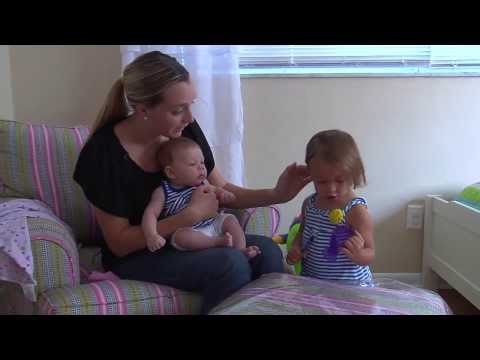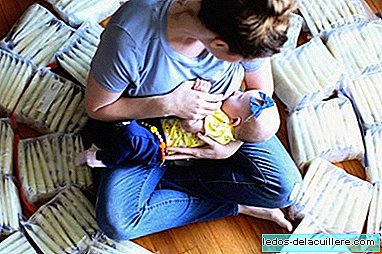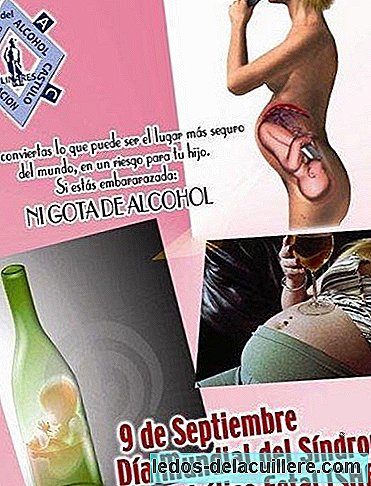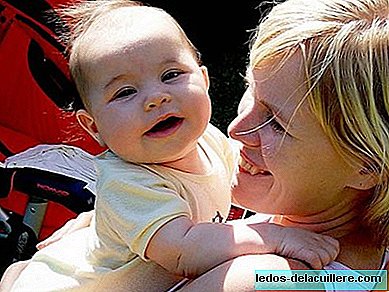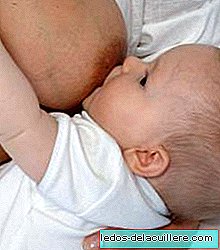
Children who are breastfed for four months or more have a greater lung capacity than those who breastfeed less time or who never do.
A team from the University of South Carolina, in Columbia, studied 1,033 10-year-old children from birth and also saw that breastfed were more likely to exhale the air from their lungs faster.
The explanation for this better lung capacity is that children who breastfeed need to put more effort into feeding. The pressure that babies exert on the breast to get breast milk is three times greater than that needed to take a bottle.
The average lung capacity, measured according to the volume of air that a child can forcefully exhale, was 54 milliliters higher in children who had been breastfed for at least four months than in boys who had never breastfed. The peak exhalation flow, or the maximum rate at which the air leaves the lungs, was 180.8 milliliters per second faster in those children.
The lung function of children who had been breastfed for a short time did not vary significantly with respect to function in those who had not been breastfed.
Being a benefit that it comes from the exercise done when breastfeedingDeferred breastfeeding, which consists of giving breast milk in a bottle, would not improve lung capacity.
Studying the time children needed to take their food, babies needed an average of 8 minutes for breastfeeding and an average of 4.4 minutes to take the bottle, which shows that they need more exercise to breastfeed and that, far from being a handicap, it benefits the cardiopulmonary level of the baby. It has been observed that breastfed babies maintain a more stable heart and respiratory rate and, as they grow, have the benefits discussed in the study.





